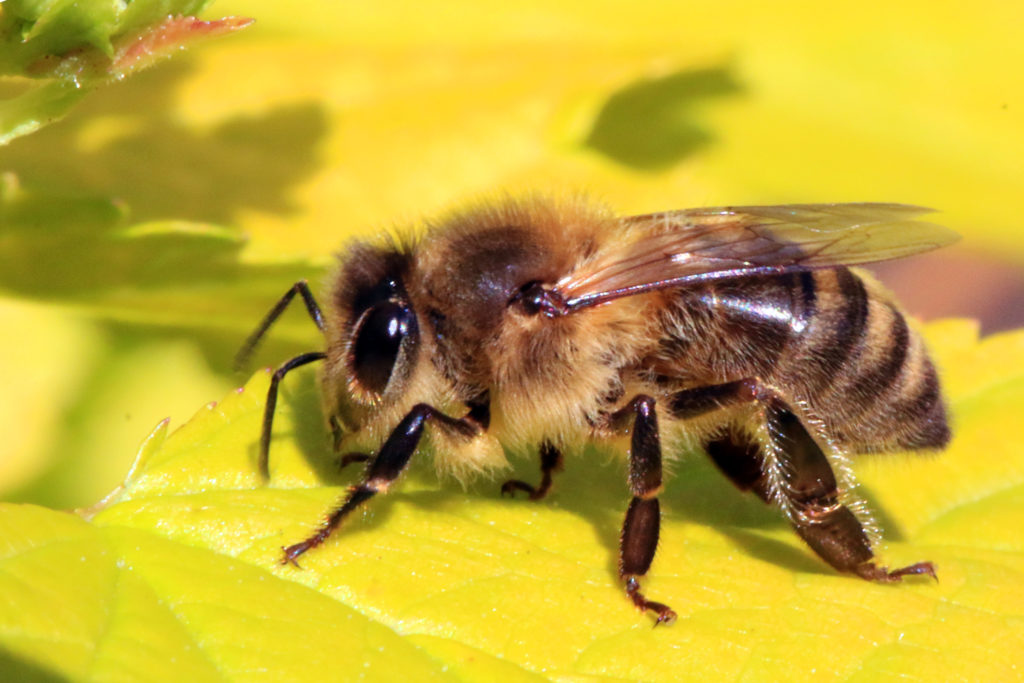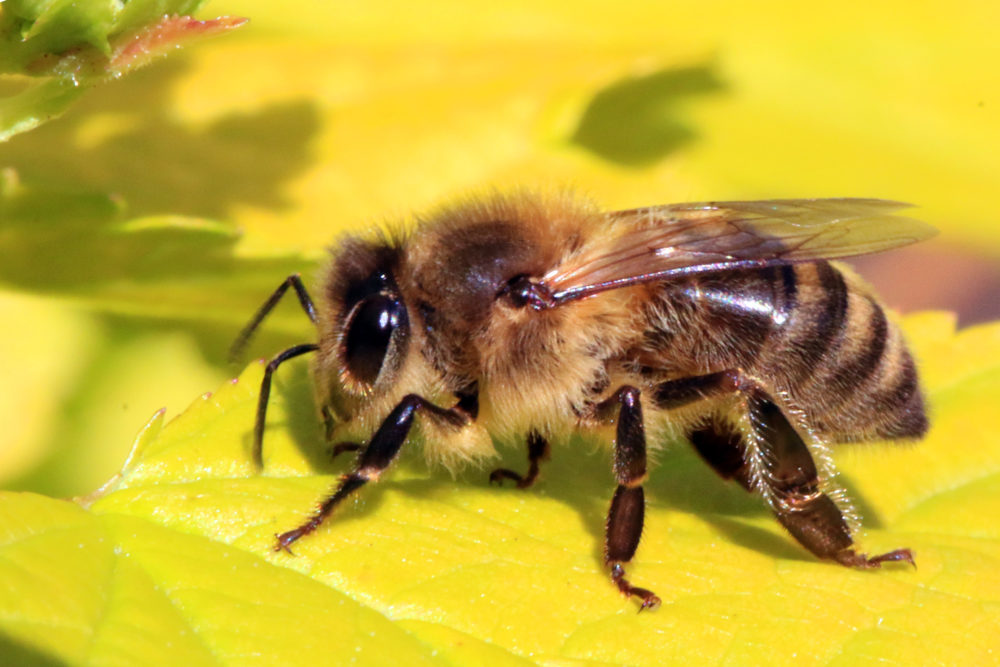We need the bees more than they need us

These insects come across as mean, but they are actually very helpful.
It isn’t news to most people that bee populations are in distress. With the urbanization of much of their habitats, populations are decreasing at an alarming rate, which is bad news for both us and them.
I wanted to give North Dakota State students some ideas on how to help out our furry, flying friends this summer.
Why are bees important?
With all this buzz about saving the bee population, it’s important to understand why we need bees.
A slightly oversimplified explanation is that most of our fruits and vegetables require pollination. This includes avocados, broccoli, blueberries, peaches, apples and even almonds and cotton need bees in order to grow.
These crop industries are worth billions of dollars. If bees disappeared, not only would we suffer health wise, but economically as well. Needless to say, bees are very important.
How can we help?
Plant bee-friendly flowers
Bee-friendly flowers include daisies, bellflowers, forget-me-nots, calendulas, mint, honeysuckles, sedums, lantanas, cosmos, coneflowers, dahlias and many more.
Do your research. If your living situation allows it, make a bee garden with a combination of any of these plants. Not only does it help the bees, but it also really spruces up any yard, windowsill or deck.
Always avoid harsh pesticides; there are other natural alternatives.
Make a bee bath
Bees get thirsty. They work hard and need a drink just like us.
Making a bee bath is simple: take a shallow dish, put some rocks on the bottom, fill with fresh water just covering the rocks and place next to your plants.
Change the water daily and wash the dish weekly. It takes little effort, but helps tremendously.
Support local beekeepers
Buying honey from local beekeepers not only helps out the bee population, but it tastes so much better than regular store-bought honey.
Research beekeepers in your area or go to farmers markets. If local honey isn’t available in your area, order online.
A great website is beeraw.com. They have a wide selection of products, and they support local beekeepers and other organizations working to help the populations.
There are many other ways to help out. These are just a few simple ideas. If you want to get more involved, there are so many organizations that are dedicated to this very cause. One of my favorites is called Tees for Bees, and they sell clothing, hats, pins, stickers and more, and donate the profits to saving the bees.
Lastly, bees are not out to get us, I know most people are scared of them, and yes, getting stung hurts. However, killing every bee you see isn’t necessary.
Instead of calling someone to come kill a nest, consider contacting a local beekeeper to relocate the hive. Changing small behaviors can lead to a big change.
Let’s bring the bees back.
